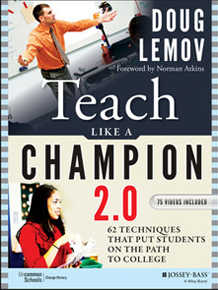Monday
- Kindergarten meet w/ Literacy Coach (Review DIBELS and Instructional Focus)
- 1st, 2nd and 3rd Grades Off
Tuesday
- 1st Grade meet w/ Literacy Coach (Instructional Focus)
- Kindergarten-Grade Level Mtg. (Instructional Focus)
- 2nd Grade-Grade Level Mtg. (Review DIBELS Math and connect to instruction)
- 3rd Grade-Grade Level Mtg. (Review 4 Sights and connect to instruction)
- Student Support Meetings
Wednesday
- 2nd Grade meet w/ Literacy Coach (Instructional Focus)
- Kindergarten-Grade Level Mtg. (Instructional Focus)
- 1st Grade-Grade Level Mtg. (Instructional Focus)
- 3rd Grade-Grade Level Mtg. (Instructional Focus)
Thursday
- 3rd Grade meet w/ Literacy Coach (Mult-Syllabic Routine)
- Kindergarten-Off
- 1st and 2nd Grades-Grade Level Mtgs. (Instructional Focus)
- WOW Event
Friday (Committee Meetings)
- Welcome Melissa!
- SWPBS Meeting (Review Universal Screener which will be completed by Oct. 5th)
- Events Committee (Fall Fun Day)
- School Improvement (1st Look at Improvement Plan)
In this section we'll do a brief review of this book by Michael Linsin in which he reviews 15 (plus 1 other idea) points to help build a "Dream Class."
Key Point #1-Allow Freedom within Boundaries
- Students respond best to a balance of freedom and boundaries, which is a characteristic shared by great teachers.
- Clearly establish—through direct instruction, modeling, and role-play—unambiguous boundary lines of behavior.
- Review your boundaries, rules, expectations daily.
- Enforce your rules 100% of the time with the one consequence that all students dislike: separation from a class they love.
- Within your boundaries, allow students the freedom to be themselves and enjoy learning without worrying whether other students will interfere with this right.
Key Point #2-Show Them How
- Modeling is much more effective than voice instructions and infinitely more effective than no instruction at all.
- Detailed modeling saves hours of time and eliminates confusion.
- Detailed modeling of even the most mundane procedures best shows your students exactly how you want things (anything) done.
- Humor and small details act as hooks along a memory map, further solidifying your students’ understanding of your expectations.
- Understanding your expectations of them will enable your students to focus on the primary goals of any successful classroom: learning.



